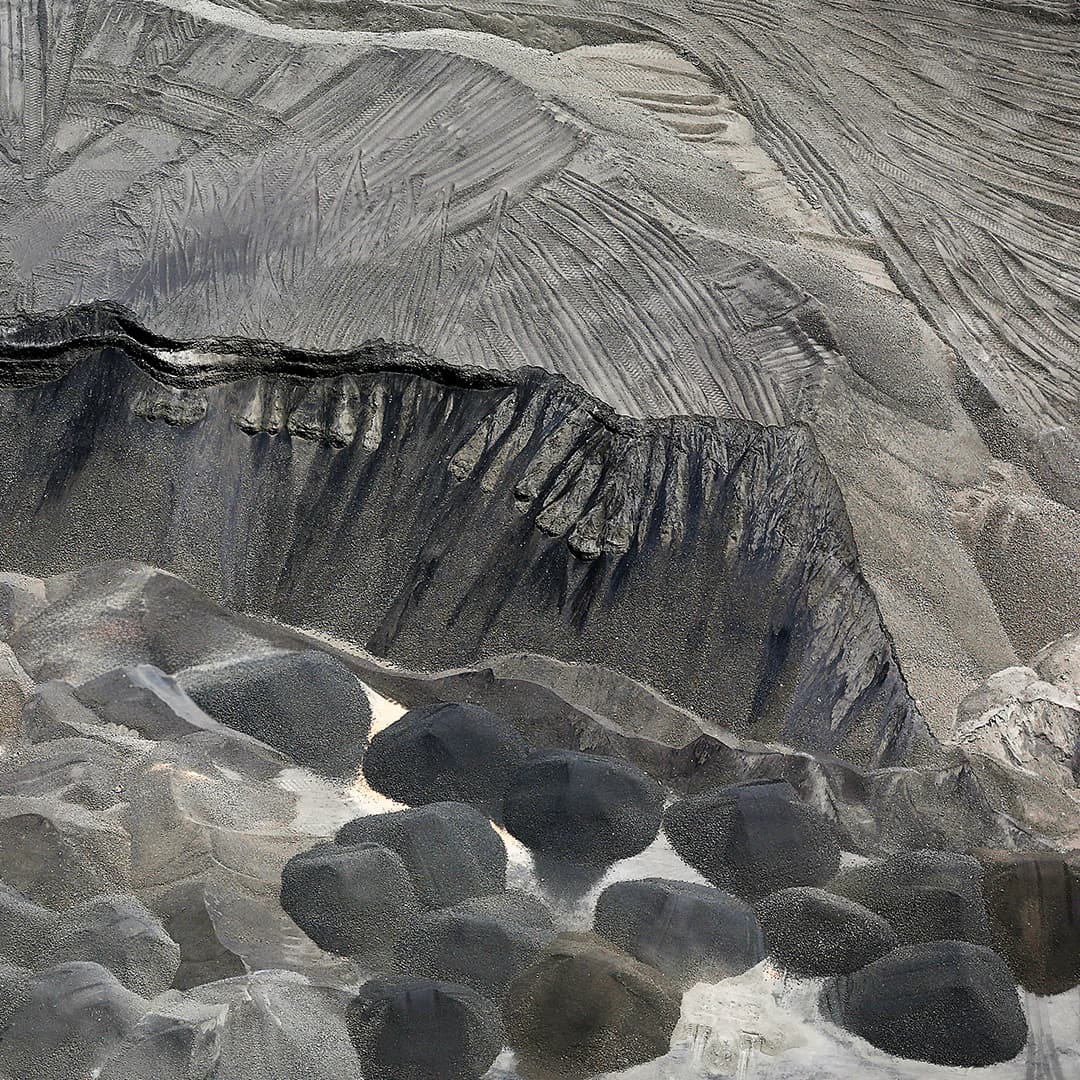
Supplementary cementitious materials

SCM solutions and know-how to optimise clinker substitution
Many cement producers today use supplementary cementitious materials (SCMs) as a partial substitute for clinker in their production processes. In addition to reducing the clinker factor, SCMs contribute to the strength properties of cement through hydraulic or pozzolanic activity. With the right approach, SCMs offer important advantages, including lower cement production costs and CO2 emissions as well as a concrete end-product with lower permeability and greater strength. Supplementary cementitious materials can be added either individually or in different combinations with clinker to create a blended cement. In a cement plant, SCMs can be adopted in the burning or grinding processes, depending on the SCM, local requirements and the intended quality. SCMs can also be added to the cement at the ready-mix plant when making concrete.
